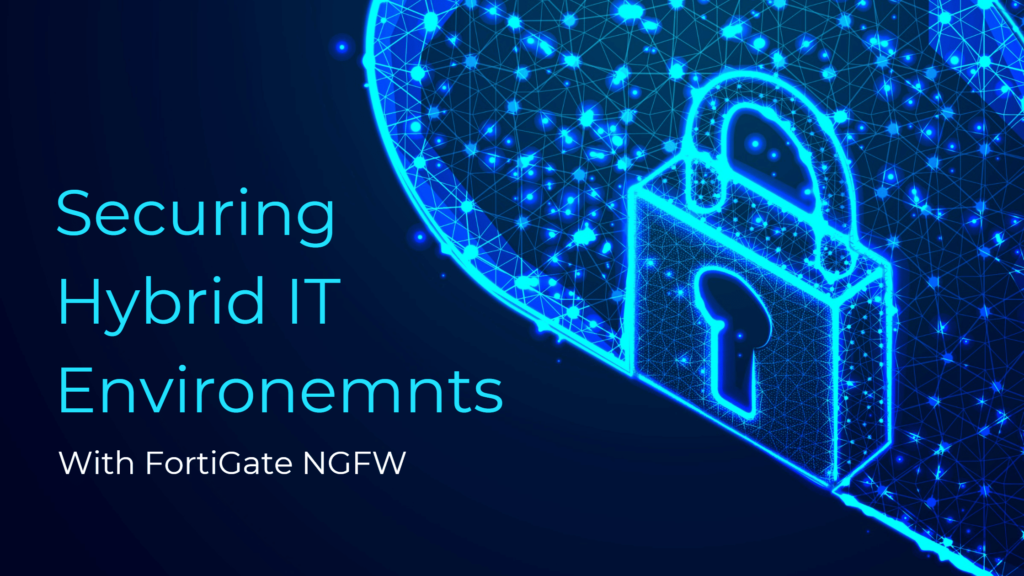
When cloud technologies had first emerged, several businesses had jumped on the bandwagon. Now, the cloud has matured tremendously, and still just as widely adopted. Most IT departments have moved to a hybrid mode and now provide services from the cloud. But with all of this, one more concern arises: securing hybrid IT environments.
Why does securing cloud architecture systems poses challenges?
The cloud is devised such that it serves data or access requests on-demand. It is not constantly active and so it can be put on active monitoring.
Moreover, there aren’t a fixed number of resources allocated to a cloud as it follows an elastic architecture. The devices connecting to the cloud are also arbitrary. They can be located in a geographically diverse location and most often are.
To add to the criticality, most businesses rely on the Cloud Service Provider’s native security mechanisms to secure their data and applications, which may not always be the best approach.
The correct approach for securing hybrid IT environments
While hybrid networks have their advantages, they also introduce a lot of variables to the equation. Such hybrid IT environments are more prone to cyber threats. The network perimeter (a boundary defining a fixed network) is also scattered and there isn’t a centralized mechanism for security. All this inhibits visibility and control over security.
In such complex ecosystems, security needs to be omnipresent and adaptable. It should also consider the type of devices along with the number of devices. This is because network edges are often mobile devices and nowadays even SMART devices which are IoT enabled.
It is also crucial to protect the entire flow of requests and responses as it is no longer sufficient to protect just the devices anymore. This is a necessity introduced by the use of public networks and home networks to access data and applications.
Above all, the approach adopted for securing hybrid IT environments should be integrated into a single platform as adding more security tools for every need and use case are only going to add to the ensuing chaos.
How can FortiGate NGFW help you craft the perfect arrangement for this task?
Any integrated security platform worth its salt has to have a NGFW (Next Gen Firewall) as it is primed for securing hybrid networks.
A FortiGate NGFW empowers your IT department to secure any network edge at any physical location. It is also the most coordinated and self-optimizing solution out there, as it is backed by AI / ML technologies.
FortiGate NGFWs are front-runners in performing consistently. They offer easy to grasp user experiences, and are tuned to understand the needs of IT departments.
Going beyond their core capabilities, they are also equipped with add-ons such as:
- Converged networking and security that culminates as integrated zero trust network access and provides the foundation to build a zero-trust strategy
- Seamlessly integrated SD-WAN capabilities that include advanced routing capabilities that make it possible for it to peer with wide-area network (WAN) providers and interconnect with a wide array of local-area network (LAN) vendors
- Ultra-high scalability with purpose-built security processing units (SPUs)
- Contextual threat intelligence sharing while acting as a core component of the Fortinet Security Fabric to make effective security decisions
- Visibility with high-performance SSL inspection and the ability to detect threats in encrypted paths without performance degradation. Post decryption is augmented with advanced content and web filtering capabilities
- Flexible and dynamic micro- and macrosegmentation to help prevent the lateral spread of malware
- Unified management, automation, and orchestration across the Fortinet Security Fabric for a unified security strategy that is designed to span dynamic, hybrid environments
